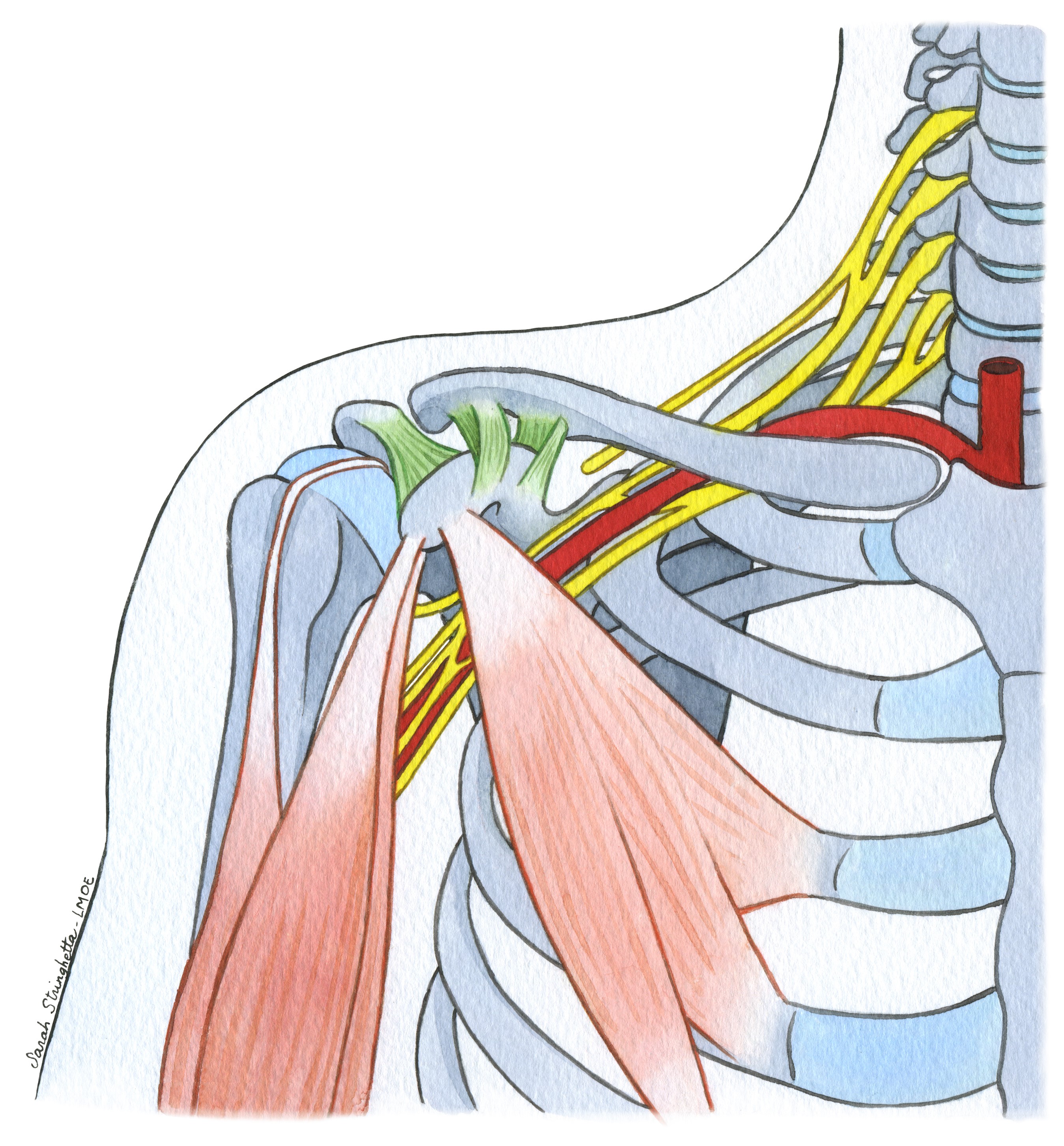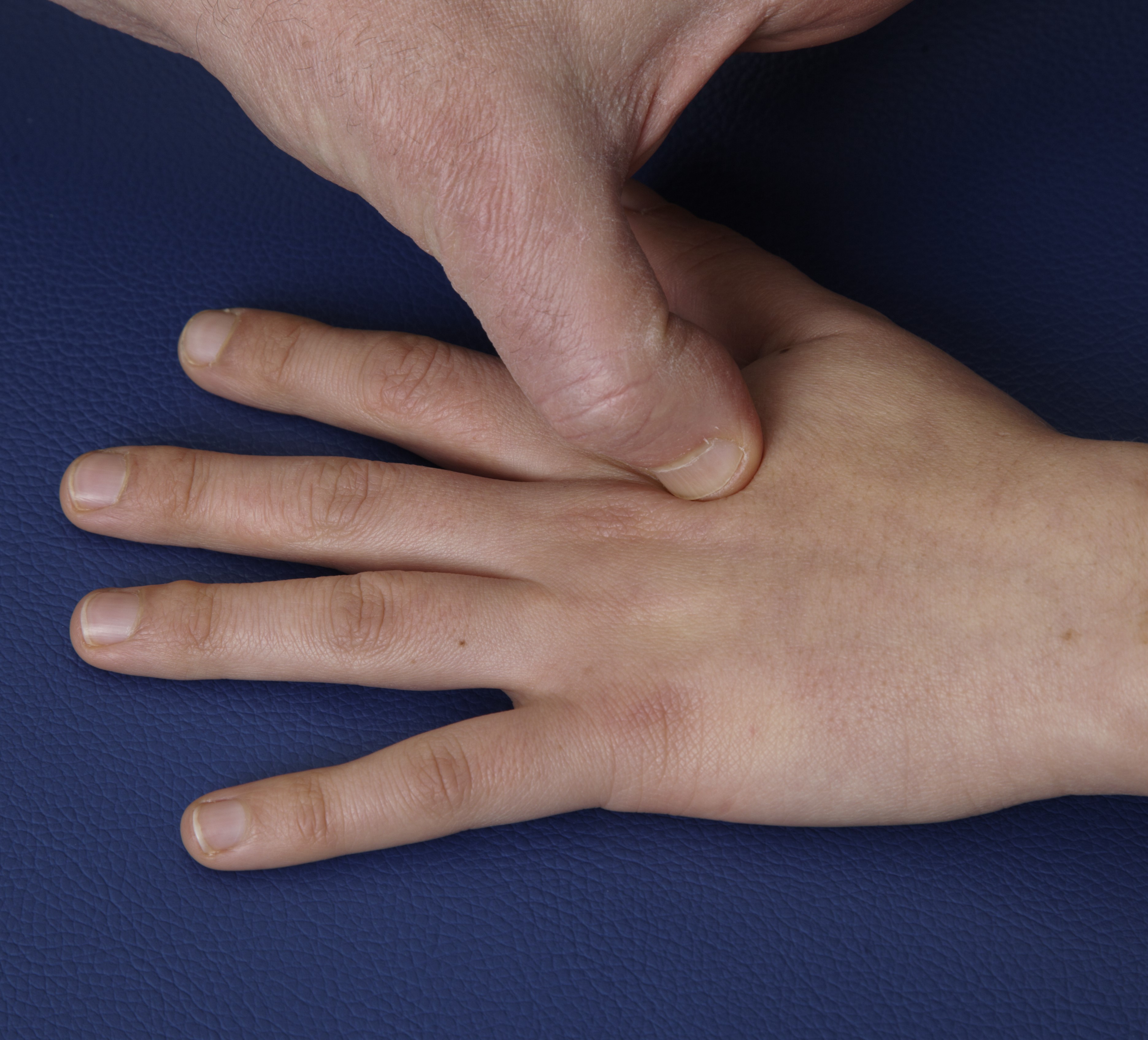Prerequisites
LMO 1 and LMO 6 Peripheral nervous system



3 day course
Objectives:
Update the basic tests of the nervous system and complete them with new tests.
Improve the Mechanical Link diagnostic and treatment technique with a combined approach to the different lesions found.
Develop new clinical applications specific to the nervous system.
Practice:
Key points of the cervical nerves, the nerves of the upper extremity, the nerves of the lumbar plexus and the sciatic nerve and new tests (satellite points).
Tests and treatment of the cranial nerves.
Tests and treatment of the thoracic nerves.
Tests and treatment of the nerves of the gluteal area.
Tests and treatment of the encephalon.
Tests and treatment of the dermis and scars.
Clinical applications:
Protocol of symptomatic regulation of the key points of the peripheral nervous system according to the presenting complaint: sleep, fatigue, immune issues, menopause, chronic rheumatisms, skin issues, digestive issues, etc.
Treatment of central nervous problems: concussion, psychomotor delay, sequelae of hemiplegia, behavioral issues, stress and anxiety, etc.
Program:
Day 1
Morning (9AM – 1PM):
Examination of the thoracic nerves: evaluation of the key points and treatment of the intercostal nerves.
Clinical applications: thoracic pain, sequelae from rib trauma or fracture, intercostal neuralgia and sequelae of shingles, organic correlations (heart, lungs, stomach, liver), etc.
Afternoon (2:30PM-6:30PM):
Examination of the nerves of the gluteal region: evaluation of the key points and treatment of the sciatic nerve in the gluteal crossing, the superior gluteal nerve, the inferior gluteal nerve, the posterior femoral cutaneous nerve, the pudendal nerve and the cluneal nerves.
Clinical applications: lumbosacral pain, sciatica, pudendal pain, etc.
Day 2
Morning (9AM – 1PM):
Examination of the cranial nerves: evaluation of the key points and treatment of the trigeminal nerve, the facial nerve, the accessory nerve and the vagus nerve.
Clinical applications: headaches, migraines, sequelae of shingles, temporomandibular dysfunctions, facial dysesthesia or paresis, cervical pain, vasovagal episodes, miscellaneous autonomic disruptions, etc.
Afternoon (2:30PM-6:30PM):
Examination of the encephalon: evaluation and treatment of the cortical, thalamic, limbic and cerebellar areas of the encephalon and the brainstem.
Regulation of the two brains.
Clinical applications: concussion, psychomotor delays, sequelae of hemiplegia, behavioral issues, stress and anxiety, etc.
Day 3
Morning (9AM – 1PM):
Examination of the peripheral nerves: update of the key points (major points and satellite points) of the cervical nerves, the nerves of the upper extremity, the nerves of the lumbar plexus and the branches of the sciatic nerve.
Clinical applications: neural, articular and muscular dysfunction of the neck and extremities, correlations in acupuncture and general indications.
Afternoon (2:30PM-5PM):
Examination of the dermis and cutaneous scars: evaluation and treatment of different fixations of the dermis and of tissue scars.
Clinical applications: sequelae of burns, trauma, radiation therapy or surgery, varicose eczema, keloid scars, reflex dermalgia, vertebral and visceral correlations, etc.


